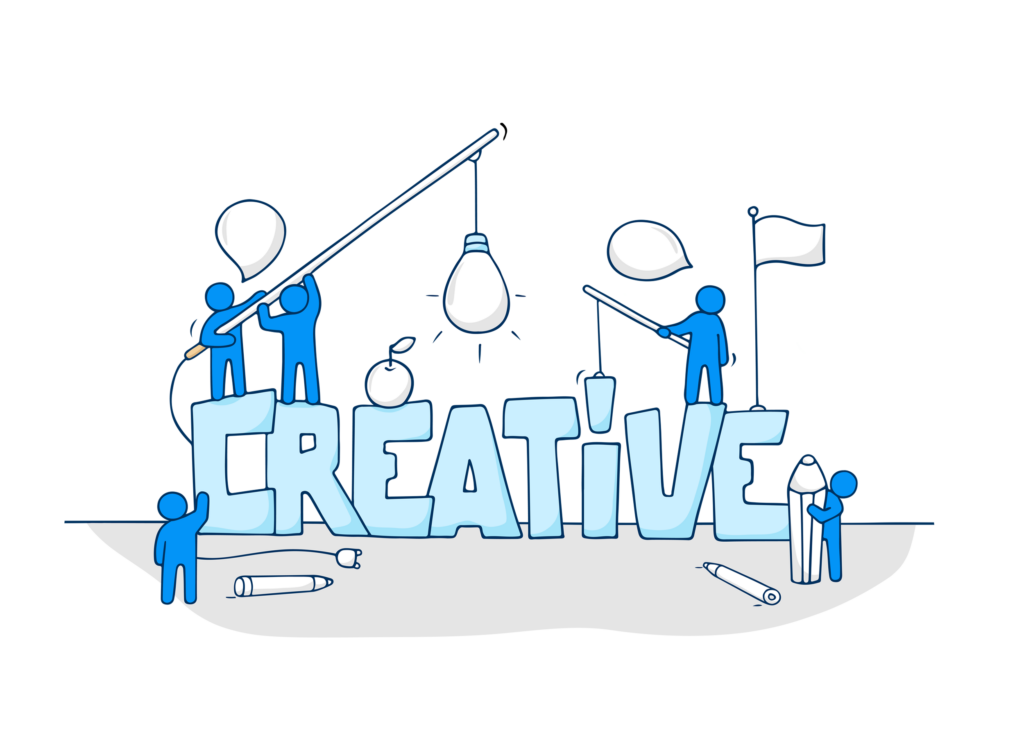eLearning Course Evaluation: What Designers Need to Know
Course evaluation is one of the most important, yet overlooked aspects of eLearning course development. Think of it as beta testing – game designers would never release a game into the “wild” without having it play-tested multiple times to evaluate the game play and the structure and to vet for any bugs or glitches. The same is true for eLearning courses. It’s important to evaluate a course at several steps along the way to ensure that it is aligned with learner needs and that it helps the organization achieve its end goals. All courses should be evaluated during the planning stage, when scripts and storyboards have been completed, and then after going live.
Conduct a Needs Analysis
The first step is to conduct a needs analysis during the planning phase. Essentially, this is designed to assess the audience, their needs, their current skills and knowledge, and to identify any existing knowledge gaps. This process can be accomplished through interviews, but also through the completion of questionnaires and simply learning more about the company in question and the challenges they face.
Evaluating your Storyboards & Scripts
Once the project is rolling, storyboards and scripts will need to be written. These form a framework or wireframe that indicates how the course will proceed (through all possible actions and branches for learners). It’s important to evaluate the project at this point to ensure that the storyboards and scripts are on point. Have key audience members or stakeholders review the course as it stands and offer their suggestions. By conducting this evaluation, it’s possible to gain vital insight and information prior to the real work beginning. This can save a great deal of time and labor, while ensuring that the course is perfectly suited for the organization.
One ideal way to do this is to sit down with each evaluator in a one-on-one setting and have them determine:
• Are there areas where the script is confusing?
• Are there areas where the storyboard is lacking?
• Are there areas that need clarification?
• Are there any outright errors?
• Are there missing branches for user actions?
• Is the next step in the process intuitive or does it require clarification?
• Does the proposed UI interfere with the user experience?
• Is the design organized properly?
It’s crucial to take notes here, as this information must be used to ensure that the course ultimately delivers an effective and positive user experience. course evaluation
Final Testing
Once the course is live, the final testing can take place. This type of testing is conducted to determine the impact of the course on the user, as well as whether organizational goals are being met. This is often simplest to do by studying the results of users’ final tests scores. If a significant number of users answer questions incorrectly or do not meet anticipated test scores, revisions are needed to the content, the design, or structure of the course.
If the course does not include a final test, then interviews can be used to assess user experience. Questionnaires can also provide important insight into what users think of the course and whether they gained the key knowledge and skills. course evaluation
Testing and evaluating are essential steps throughout the process of course development and creation. Without thorough evaluations at multiple points in development, no course will be complete. However, by evaluating during the planning process, after storyboarding and script creation, and after initial roll-out, designers can ensure positive results. course evaluation
